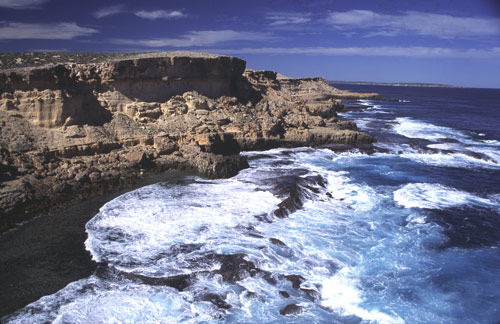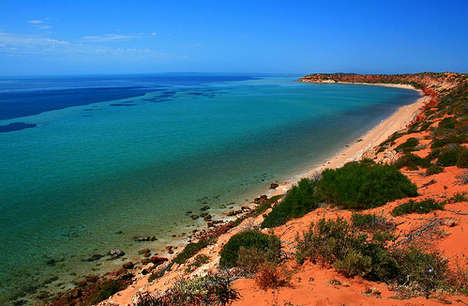A new conservation scheme for Western Australia’s largest island is showing just how much money and effort it takes to turn back the clock on environmental destruction.
Dutch explorer Dirk Hartog landed on Western Australia’s vast island in 1616, its 620 square kilometres were covered in indigenous brush and filled with unique natural wonders. The 400 years after its discovery saw an almost wholesale destruction of the island’s original ecosystem, but now, one of the most ambitious conservation projects the country has ever undertaken is aiming to return Dirk Hartog Island back to its pre-colonial state.
Human intervention was what laid ruin to the natural flora and fauna of the island; in particular, Australia’s bane, the introduction of non-native animals to its fragile environment. At the time of Dirk Hartog’s landing, the island was home to 13 species of ground-dwelling mammals, including exotic creatures like bandicoots and wallabies, along with different types of mice and rodent-like marsupials like the boodie and mulgara. The introduction of predatory cats –which quickly grew into feral populations – was the death knell for many of these species.
The brush and grasslands that once covered the island faced a hazard of another kind after human colonization. Goats and sheep brought by the early settlers quickly set about eating everything in their path, much like the rabbits that decimated the grasslands of Australia’s interior. Weeds and non-indigenous plants have also dramatically altered the character of the island – to bring Dirk Hartog back to its original state will be a mighty challenge indeed.
Australia’s Department of Environment and Conservation (DEC) is eager to take on the task, however. Located in the Shark Bay World Heritage area far from any concentrated human habitation, the island is a prime target for restoration. In 2005, the holders of the pastoral lease on the island, the Wardle family, agreed to surrender it to the government, keeping only a few small parcels for a homestead and eco-tourism venture. This started the ball rolling on plans to give the island a complete environmental make-over.
It may take 20 years for the first stage of the project to reach completion, says the DEC, and the initial budget has rung in at AUS $13M, but they say the results will be more than worth it. According the WA Environment Minister Bill Marmion, the primary focus will be the eradication of invasive animals so that the rare indigenous species – some of which are highly rare and isolated to a handful of small islands – can once again return home.
“This will be one of the most extensive feral animal eradications ever attempted in the world,” said the Minister, naming cats, sheep and goats as targets. “The successful establishment of these animals will be a huge achievement for DEC (Department of Environment and Conservation) and further elevate World Heritage-listed Shark Bay on the international conservation stage.”
Read more about this story: Herald Sun




